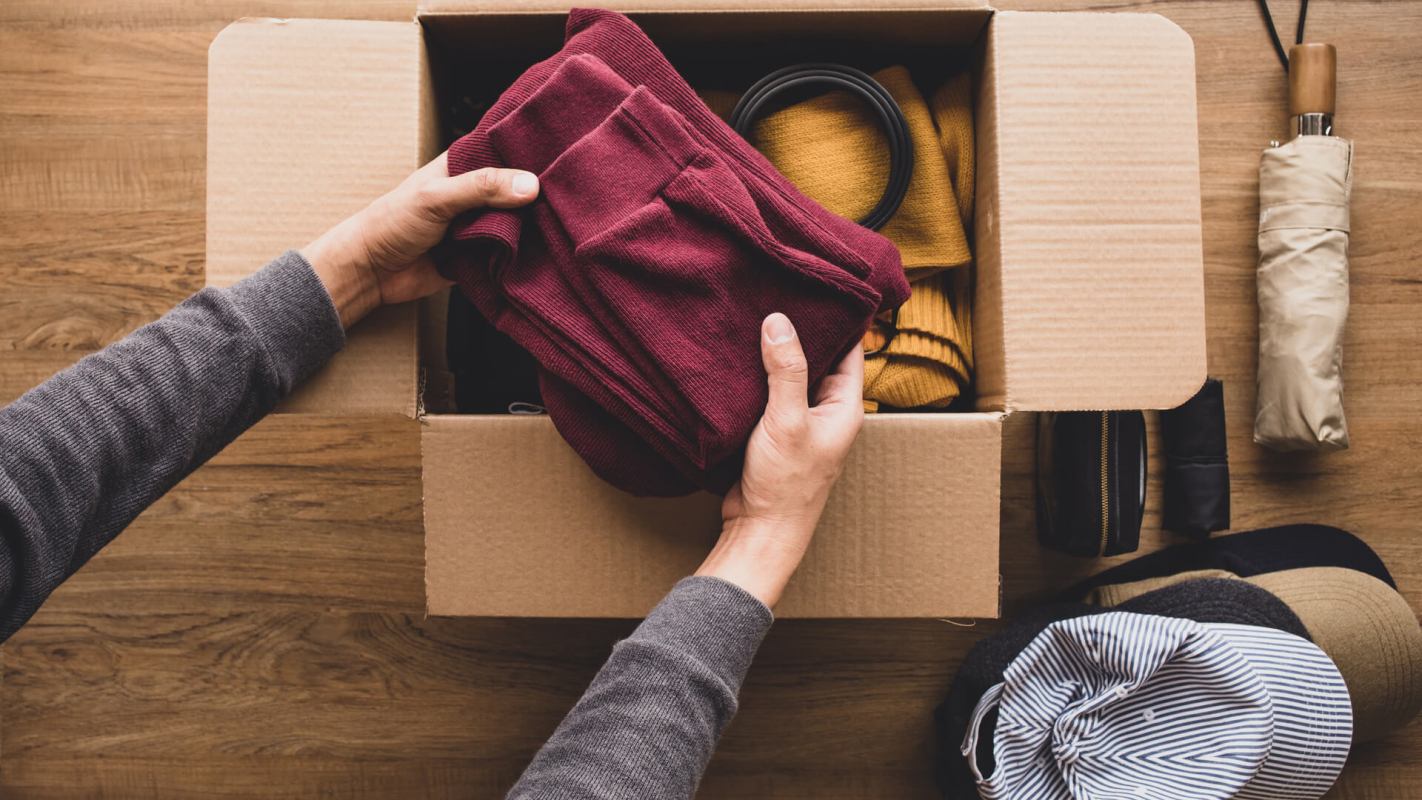There are few feelings more satisfying than finding a new home for an item that's been lying around your house.
Communities around the country are attempting to curb waste and consumerism by forming "Buy Nothing" groups. Through Facebook pages and smartphone apps, users can connect with one another to exchange goods and services without spending any money.
What are Buy Nothing groups?
Buy Nothing groups are online communities that connect people who want to give and receive items or services for free. These groups first got popular on Facebook, but have since become more accessible via specifically designed mobile apps.
Here's how it works: Users can request items by making an "ISO" ("in search of") post on Facebook or making an "ask" request on the mobile BuyNothing app. Or users can make "give" posts for something they want to help find a new home.
Givers are encouraged to let items "simmer" to find the best home possible, even if it means waiting a few days to respond so more users have a chance to see the post.
Buy Nothing encourages users to only join one group — and it's easy to find the right one because they're divided based on location and community.
The most important rules of these groups are in the title: no buying, selling, or bartering for anything. While it's not technically forbidden to re-sell items you acquire through a Buy Nothing group, most users believe it's a betrayal of the community's principles.
Another important rule: All gifts must be given without any strings attached or without any expectation of reward — besides the joy of giving.
Why are Buy Nothing groups important?
Buy Nothing groups provide more sustainable opportunities for items to be reused by new owners once their initial owners no longer need them.
Throwing unwanted objects away sends them to landfills, which pollute our environment.
Reselling on sites like Craigslist or eBay can be a hassle, and donating them to organizations like Goodwill can sometimes cause them to be thrown away anyway — and you'll never know where your discarded items end up.
But Buy Nothing groups streamline the process of "re-homing" unwanted goods, priding itself on the ability to generate feelings of generosity and satisfaction, as well as strengthening bonds between neighbors in local communities.
The Buy Nothing movement began with Liesl Clark and Rebecca Rockefeller, who were enjoying a beach day with their children in the Pacific Northwest when they noticed an overwhelming amount of plastic in the ecosystem that surrounded them.
Clark and Rockefeller started collecting these plastics and found that they came from people in their communities, so they started the Buy Nothing project in an attempt to keep plastics out of the environment.
According to the organization's website, there are currently over 7,500 Buy Nothing communities that serve over 6.5 million users. The BuyNothing app has been downloaded around 450,000 times.
"Knowing these items are going to a good home makes the separation so much easier, and hearing the gratitude from recipients always makes me feel so good!", Lindsay Downes, an organizer from Alexandria, Virginia, told RealSimple. "I've seen people borrow baby gear for visitors and yard equipment… I've even borrowed books when the library waitlist was too long!"
To find a local Buy Nothing group or start your own, visit the Buy Nothing website or download the mobile app to get connected.
Follow The Cool Down on Instagram and subscribe to our newsletter.








